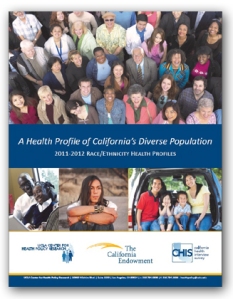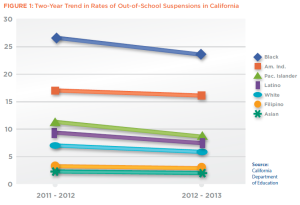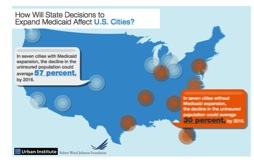In a new data brief from the Office of Minority Health, analysis of the 2012 American Community Survey Public Use Microdata Sample found disparities remain for ethnic minority adult males aged 19-64. Key findings from the report include:
- Across all age groups, Latinos had the highest percentage of uninsured compared to African- Americans, Asians, and non-Hispanic Whites.
- Approximately 40 percent of African-American and Latino males aged 35 and younger are uninsured.
- Over 70 percent of African-American and non-Hispanic White males, and 60 percent of Asian and Lation males who are uninsured have a high school diploma.
- Almost half of Asian uninsured male adults are married.
- Among uninsured adult males, 28 percent Asian and 24 percent Latinos live in Limited English Proficient households.
- Approximately 60 percent of African-American, 39 percent Latino, 39 percent non-Hispanic White, and 38 percent Asian report a family household income at 100 percent Federal Poverty Level.
- African-American and non-Hispanic White uninsured adult males report highest percentages of disability.
Based on these findings, the data brief’s authors recommend using this data to better inform targeted outreach and enrollment efforts towards this uninsured population. Additionally, the Affordable Care Act and ability for young adults up to the age of 26 to obtain coverage from their parents’ insurance can help reduce this uninsurance gap.
Joanne Chan, Joint Center Graduate Scholar, Harvard School of Public Health









